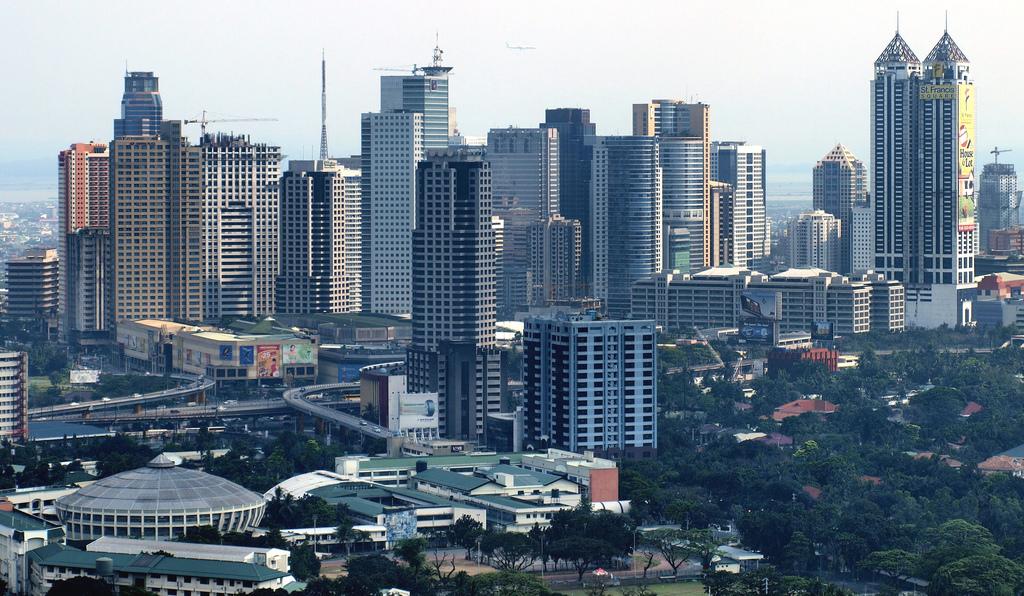
Presently positioning itself as the environmentally conscious hub of Metro Manila, Pasig City transcends mere promotional rhetoric, substantiated by its operational waste recycling system that underscores its legitimacy as a green city.
Notably, boasting the singular metro-based resort, the Pasig Rainforest Adventure Experience (RAVE), the city stands unparalleled in offering its residents the unique opportunity to revel in expansive green spaces at a discounted rate, complemented by the existence of public parks, a feature shared with other cities in the National Capital Region.
Loading...
History of Pasig
Pre-Spanish Era
At around 1450, Pasig was a peaceful kingdom around the Bitukang Manok River under the leadership of Dayang Kalangitan, wife of Gat Lontok. They had four children: Dayang Panginoan, who married Gat Balagtas of Sapa now Sta. Ana; Dayang Lahat who married Gat Timog; Raha Salalila or Soliman I of Maynila and Gat Kahiya. Raha Soliman I became the father of Raha Matanda of Ache and Soliman II of Maynila nad Lakan Dula of Tondo. Soliman III was heir to his uncle Matanda.
Along the banks of Pasig River, bancas were moored others plying up and down the river, with farm produce or simply fresh fish from the river. The same river had women washing clothes of bathing for they were noted for their cleanliness.
Chinese Rebellion Against The Spaniards
In 1603, the Chinese merchants took up arms, and in the process, vandalized and burned down the first two churches of Pasig, which were made of wood.
Spanish Era
By 1638, the local government under the Spaniards had existed for more than 60 years. The first known mayor of the town was Don Domingo de Masangcay.
In 1742, Fray Domingo Diez constructed the Pariancillo Bridge that had a budget donation from Gremio de Mestizos.
In 1852, the construction of the town's oldest bahay na bato started. It's now called Bahay na Tisa and owned by Don Cecilio Tech y Cabrera. In 1881, Don Apolonio Santiago built the Bahay na Bato in San Jose and in 1884 it was turned into the Cuartel de la Guardia Civil which fell into the hands of the Katipunan in the battle of Nagsabado in 1896.
| Bahay Na Tisa |
It's now the Guanio residence. In 1886, Don Manuel E. Jabson constructed his Bahay na Bato in Malinao. It was inherited by his daughter, Doña Leovigilda Jabson, who married Dr. Pablo Alfonso. It's now where the Alfonso clinic is located.
Birth of the 1896 Rebellio
Originally a part of the province of Rizal, the once town of Pasig was the birthplace of the 1896 Filipino rebellion against the Spanish colonizers. Downtown, it was said that Andres Bonifacio secretly entered Barangay San Nicolas with roughly 300 Katipuneros via the Parian Creek or Bitukang Manok, the site of where the old McDonald's Simbahan used to be all the way to the banks of San Nicolas.
| Valentin Cruz marker and Bitukang Manok |
The Asamblea magna was held at the house of Valentin Cruz in San Nicolas. It was attended by Andres Bonifacio, Emilio Jacinto, Dr. Pio Valenzuela, Emilio Aguinaldo, Benjamin Santi, Valentin Cruz, and other representatives of the Katipunan. They agreed to start the revolution on the day before Corpus Christi but did not occur because Dr. Jose Rizal noted that the people are not yet ready.
| Cine Victoria |
Under The Americans
In 1901, the 2nd Philippine Commission organized the province of Rizal with Pasig as its capital. Nineteen years later, electricity came to the town. Six years later, running water. By 1927, after experiencing such modernization, Cine Victoria was opened. It was the first movie house that was inaugurated in the town and it was said to be the longest movie house in the world. By 1930, the only equestrian statue of Andres Bonifacio was erected in the Plaza named for him across Cine Victoria which is now where KFC is.
| World-class violinist, Carmencita Lozada |
ATTRACTIONS TO SEE IN PASIG
Klook.comPost-World War II
After World War II, Emilio Caruncho continued his leadership as Mayor which he began in 1917. Carmencita Lozada, who used to practice at the upper floor of the Dimas-Alang Bakery, won a major prize at the International Nicolo Paganini Violin Contest in Italy. It was a considered a major feat by a Filipino artist that time.
On December 8, 1994, the town officially became a city.


0 Comments
Post a Comment